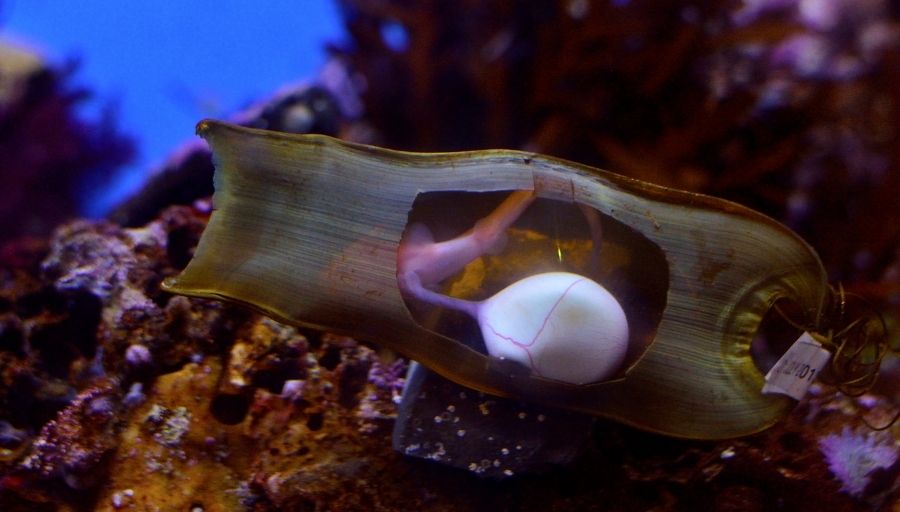Among thousands of sea creatures, sharks are the most enthralling creatures in all aspects. There are so many features, attributes, and traits that make you curious about them, from their size and weight to their behavior. In addition to all that, sharks’ reproduction and birth are undoubtedly the fascinating parts of their life cycle. As there are over 500 species of sharks found in world oceans, different species exhibit different processes.
There are several species of sharks that give birth to live young while at the same time; many species lay eggs. Sharks have three different processes of reproduction: oviparity, viviparity, and ovoviviparity. It depends on the individual species of what category they fall into. This article is going to briefly look into what does oviparous means in sharks and what species of sharks are in this category. To begin with, let’s look at how sharks reproduce.
Shark reproduction
The shark is a magnificent creature of the ocean. As you look at their existence, you realize they’ve been around for a long time. In fact, sharks have been around for millions of years and have even outlived all mass extinction events in history. Over 500 shark species have been discovered since then, and they all come in varying sizes, shapes, and colors. Similarly, how sharks mate and reproduce may differ from one species to another.
There are claspers on the male species of sharks, which act as sexual organs and are located very close to the pelvic fin. The females of shark species, on the other hand, have oviducts, which are essentially fallopian tubes that lead directly into the womb. The other name of this opening is called the cloaca.
When mating takes place, males inject their clasper into females’ cloaca, releasing sperm and fertilizing their eggs. Mating usually takes place while the sharks are swimming parallel to one another. The male holds the female firmly with his teeth, often leaving bite marks on the female. As most sharks do not mate in captivity, observing mating habits in the wild is difficult.
So, this is how mating is carried out. With this, keep in mind that different shark species takes different time to reach sexual maturity. Whale sharks, for example, take 30 years of age to be able to mate. The giant beast, the great white shark, can take anywhere between 10 to 18 years to reach adulthood. Also, male and female species of the same kind can have a slight difference when it comes to age at the time of maturity.
It is important to note here that one of the major reasons for shark population decline is late sexual maturity.
The time it takes between conception and birth in sharks is known as the gestation period. Different species and individuals within a species have different gestation periods, ranging from 9 months to 2 years.
It was all about sharks’ reproduction process, but what does oviparous mean in sharks? Let’s find out.
What is oviparous in sharks?
In simple words, oviparous means “egg birth.” The shark species which lay eggs are known as oviparous sharks. Species of oviparous sharks lay eggs that are wrapped in egg cases and are placed in safe spots in the water. The protected shield or the case is commonly referred to as the “Mermaid Purse.”
To protect her eggs, the female shark deposits them somewhere safe and attaches the egg cases to subsurface structures by tendrils in order to keep them from fluttering away. By moving its tail constantly from side to side, the shark increases water flow through slits in the egg, which helps oxygenate the creatures.
A female will lay anywhere from 10 to 200 eggs depending on the species and will pass weeks in the womb before they are laid, and they will take months to hatch.
This method of reproduction is common among the bottom-dwelling species. It includes the zebra sharks, bamboo sharks, and many others. Check out more about what breed of sharks lay eggs.
Conclusion
There are a number of methods that shark species can use for mating and reproduction, and therefore, learning about them becomes more interesting. As far as oviparous is concerned, it refers to the species of sharks that lay eggs and deposit them in water in a safe place. Many species of sharks reproduce like this, and there are many other species that give live birth as well.
